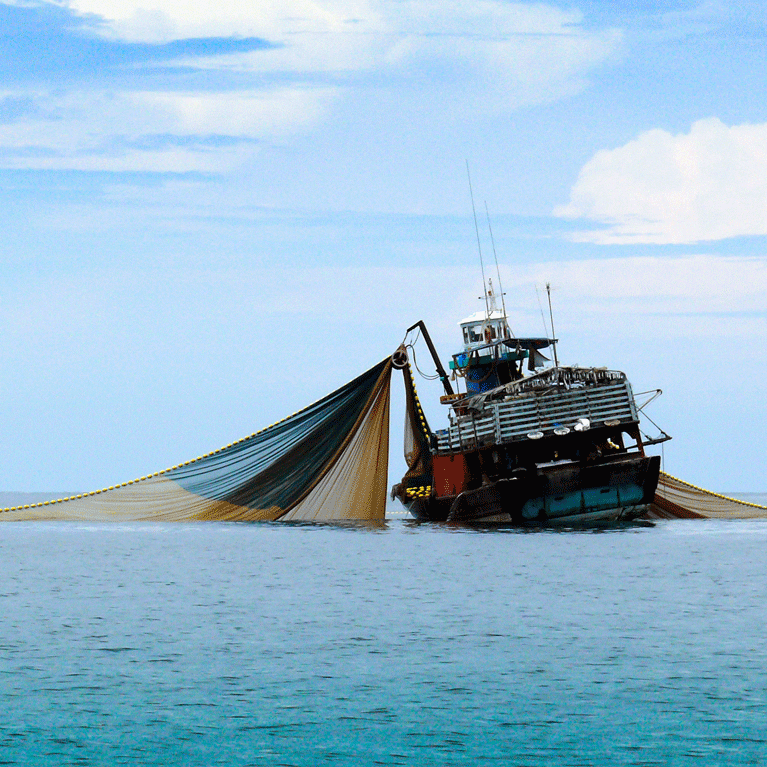DNA Fingerprinting shark fins
Silky sharks are second most harvested shark species on the planet and one of the most abundant in the shark finning industry. Their numbers have plummeted in the past 20 years. Derek is using an atlas of genomic diversity to work out which areas of the ocean are fished and to understand the origins of silky shark fins in the Hong Kong market, the centre of the shark-finning industry.
My interest in ocean life began in the tidal pools of my youth. Instead of watching cartoons, I was listening to David Attenborough talk about the mysteries of the deep. To find out for myself what was out there, I earned my scuba diving certification and in due course volunteered as a diver for the Oregon Coast Aquarium, where I was able to dive with several shark species. After attending the American Elasmobranch Society Conference in 2013, I moved to Hawai’i to pursue my dreams of shark research. I had no job, nowhere to live and no guarantee but an...


DNA fingerprinting to identify harvest location in the shark finning industry
We have identified genetic stocks on a global scale. Our goal is to use this atlas of genetic information as a baseline to resolve the genetic affiliation of ~1000 fin specimens obtained from the Hong Kong market, to identify areas of illegal fishing and unreported harvest.
Our oceans are under intense pressure from illegal, unreported, and unregulated (IUU) fishing, which accounts for one-third of the global annual harvest. One major component of IUU fishing is the shark finning industry with an annual harvest of 26-73 million sharks. The silky shark is second most caught shark on the planet and a top contributor to the shark finning industry, resulting in a population decline of 85% in the last 20 years. Currently we have no way of quantifying which silky shark populations are being targeted by these IUU fisheries. Here, we are developing an application for identifying region of origin for silky shark products, based on specimens already acquired from the two largest fin markets in the world, the Hong-Kong market and the Guangzhou market. This information will assist managers in identifying which silky shark populations are most at risk of extirpation or ecological extinction.
Pelagic sharks have life history strategies that are sensitive to fishing pressure. Silky sharks, in particular take 7-9 years to reach maturity, have a 1 year gestation period, and yield 2-14 pups per litter (Hall et al. 2012, Joung 2008). A stock assessment of silky sharks by the Western Central Pacific Fisheries Commission (WCPFC) found that spawning biomass, total biomass, and recruitment have all declined, indicating that fishing mortality has surpassed the maximum sustainable yield (Rice and Harley 2013). Globally, this species is classified as Vulnerable by IUCN, yet it is subject to the second largest shark harvest on the planet (Oliver 2015). Silky sharks are captured incidentally in many fisheries worldwide but are also the subject of heavy target fisheries in some regions for their fins (Rice and Harley 2013). Additionally this species accounts for >90% of the shark bycatch in tropical tuna purse seine fisheries , where predominantly juveniles are being caught (Lawson 2011). Population demographic analysis have shown high mortality of juveniles is the most detrimental to future silky shark population trajectories (Beerkircher 2003). Defining stocks is essential for any harvestable resource, to estimate sustainable yield (Dizon 1992). Using fisheries data on bycatch and intentional catch of sharks shows an alarming number of individuals harvested every year (Bonfil 2009). However, this does not account for IUU harvest of these valuable resources. According to data from Hong Kong’s Census and Statistics Department, 83 countries or territories supplied more than 10.3 million kilograms of shark fin products to Hong Kong in 2011 alone. Identifying which populations supply this market is critical for establishing sustainable practices and conservation strategies.
- Our first goal, based on previous funding and specimens already acquired, was to provide a global genetic inventory of silky sharks to delineate stock structure. This objective is complete and is the baseline data needed for the second objective. These results currently are being prepared for publication.
- *Traditional extraction monitoring is not available for species in the fin market. Alternatively, we can monitor the market supply chain with DNA fingerprinting. Our objective is to identify the stocks that are subject to harvest, resolve the source of IUU fisheries and facilitate estimates of harvest from these stocks.

